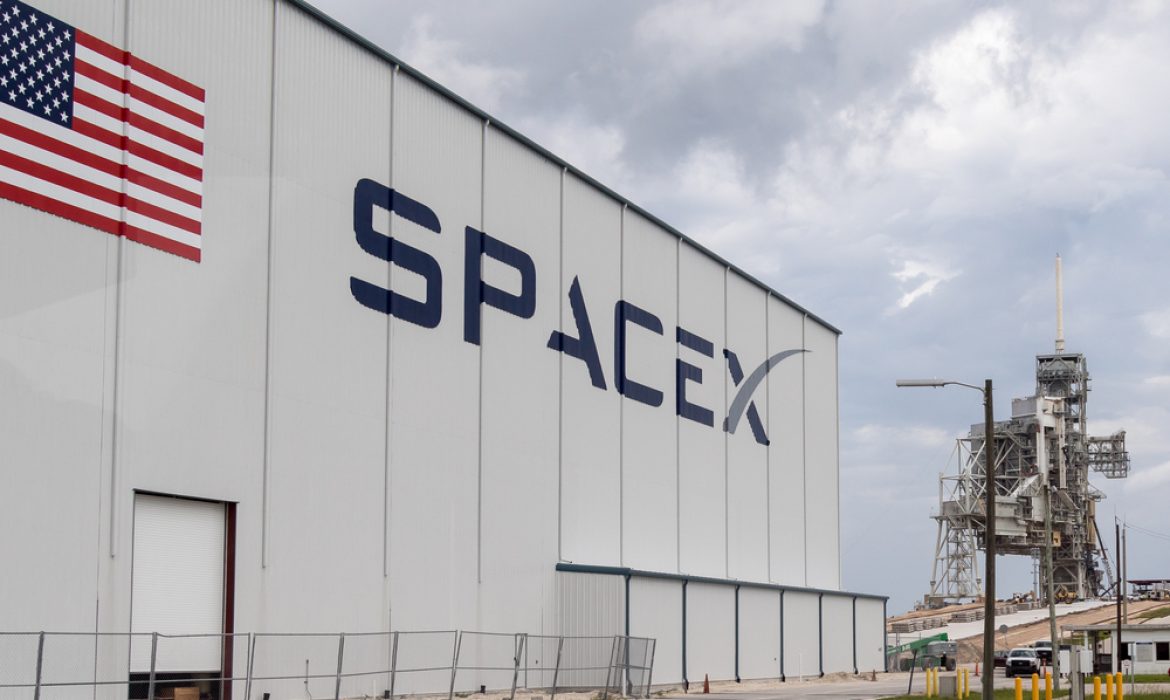In another milestone for Elon Musk’s SpaceX, the Falcon 9 rocket successfully launched 21 Starlink satellites into orbit from Vandenberg Space Force Base in California. The early morning liftoff took place at 4:48 a.m. EDT (0848 GMT), with SpaceX broadcasting the event via its X (formerly Twitter) account.
What’s particularly remarkable about this launch is the sixth successful takeoff and landing of the Falcon 9 first stage, highlighting the company’s commitment to reusability and cost-efficiency in space travel.
The Starlink project, often dubbed an “Internet megaconstellation,” is SpaceX’s ambitious endeavor to create a global satellite broadband network. As of now, it boasts more than 4,750 active satellites in low Earth orbit (LEO), with plans for further expansion in the future.
This achievement comes hot on the heels of another significant SpaceX feat just days prior when a Starlink rocket took off from Florida’s Space Coast. This marked the 17th flight of the Falcon 9 first stage, breaking the company’s own reusability record set just a week earlier.
The Starlink network is designed to provide high-speed internet access to underserved and remote areas worldwide. As it continues to grow and expand, it promises to bridge the digital divide and revolutionize global internet connectivity.
SpaceX’s ability to consistently launch and recover its rockets represents a crucial step toward making space travel more accessible and cost-effective. The rapid cadence of launches and successful reusability demonstrates the company’s dedication to pushing the boundaries of space exploration.
With each successful mission, SpaceX brings us one step closer to a future where space travel is not only routine but also a fundamental part of our daily lives, offering global internet access, scientific exploration, and commercial opportunities beyond our planet.


